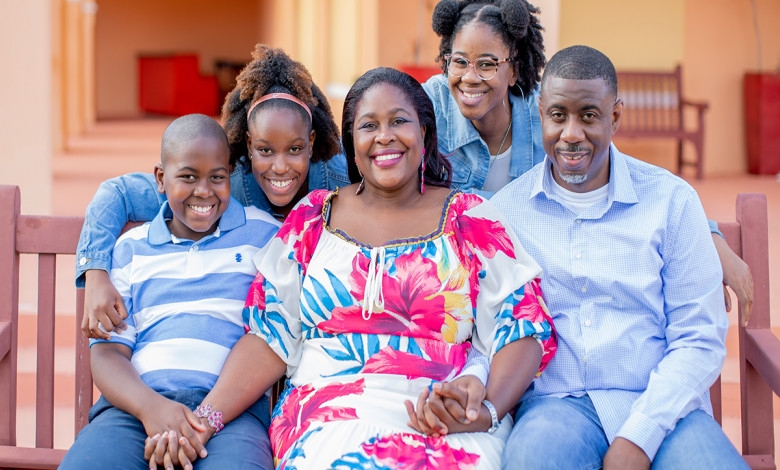
Parents of children diagnosed on the autism spectrum disorder (ASD) are urged to not let fear paralyze them from getting the help they need for their child, according to parents Shervin Sr. and Tamara Evans, whose son Shervin Jr. has been diagnosed on the spectrum.
Shervin Jr., 10, was diagnosed with autism at age four.
His parents noticed that at around 18 months, their son had poor eye contact, seemed afraid of crowds and loud noises like laughing and clapping, and his speech was not developing compared to his older sisters when they were his age. They also noticed that Shervin Jr. seemed distant – not connecting socially.
“These concerns became more prevalent as he got older,” said his mom.
After monitoring his development, with the support of his pediatrician, the parents decided to have him tested. The
Evans’ started with a referral to a neurologist who ran the gamut of tests to rule out anything physical or abnormal with the brain. Once those tests results were negative, the Evans’ were referred to a psychologist who did another slew of tests which confirmed ASD.
ASD refers to a broad range of conditions characterized by challenges with social skills, repetitive behaviors, speech, and nonverbal communication.
In 2020, the United States Centers for Disease Control (CDC) reported that approximately one in 54 children in the United States was diagnosed with an ASD, according to 2016 data. And that one in 34 boys identified with autism; and one in 144 girls identified with autism.
The Evans’ immediately sought to engage in interventions for Shervin Jr. upon diagnosis. They had engaged a speech therapist before they had a diagnosis due to his speech delay, and proceeded to ramp up speech therapy sessions.
They also started occupational therapy, placed him in a special school with an autism unit, and got him into extracurricular activities such as swimming and soccer to help with his socialization skills.
“When Shervin first got his diagnosis, we got very busy. It was speech therapy and occupational therapy twice a week, follow-up visits with the neurologist and psychologist, extra classes and extracurricular activities. There was no time to delay, we thought,” said his mom. “We understood early that if we worked on his plan of care aggressively, his chances of improving his speech (receptive and conversational) while balancing his childhood needs would bode well for a successful outcome.”
According to Autism Speaks, early intervention can improve learning, communication and social skills as well as underlying brain development. Applied behavior analysis (ABA) and therapies based on its principles are the most researched and commonly used behavioral interventions for autism. Many children affected by autism also benefit from other interventions such as speech and occupational therapy.
“My husband and I work as a team, and include our girls [Aaleyah and Ariel] in the process.”
She said their daughters were active, which made it easy to include some of Shervin Jr.’s skill building activities around their activities. At the same time, she said, it was sometimes difficult because that meant him being in crowds and them having to sit away from the noise at times.
“It meant sitting outside the door at a movie theater with him as the girls watched a movie, or finding a spot outside a sporting event to have him engaged for hours while they competed, or sitting in the foyer at church, so he can roll his Play-Doh during service.”
His mom said they knew that no matter what his behavior, they were not going to keep him at home.
Click here to read more at The Nassau Guardian





